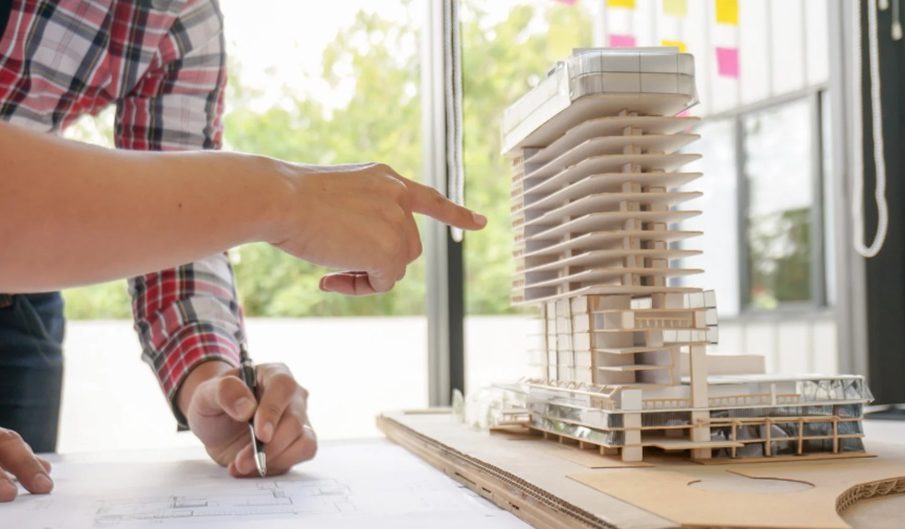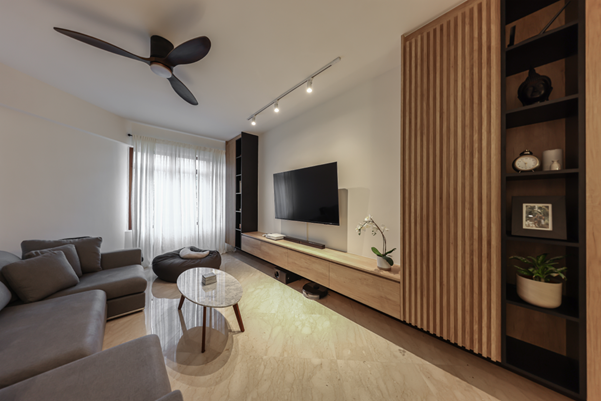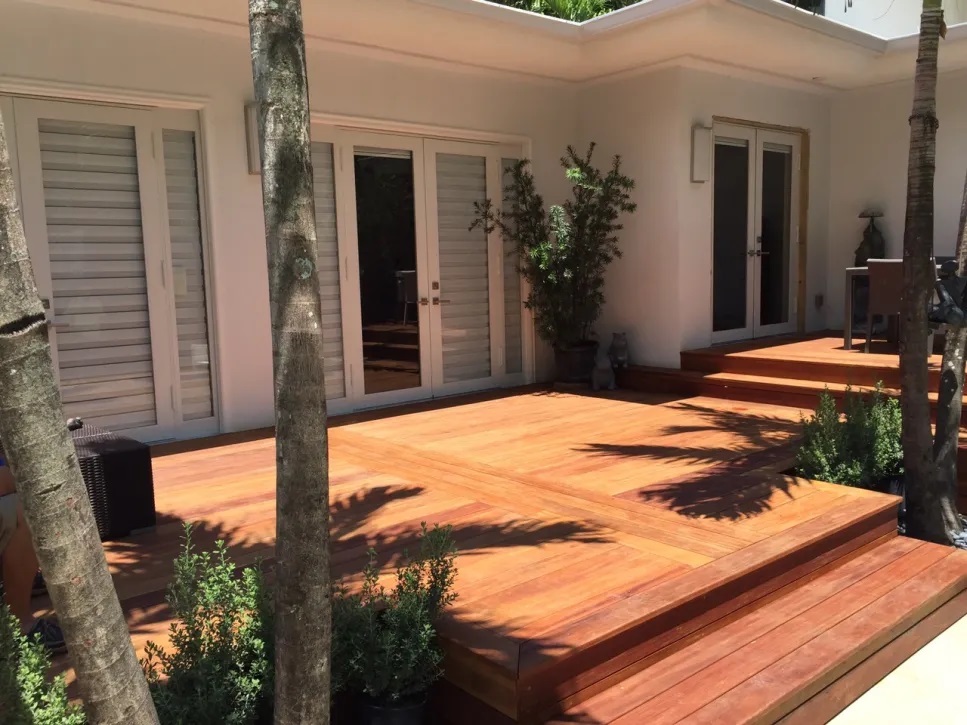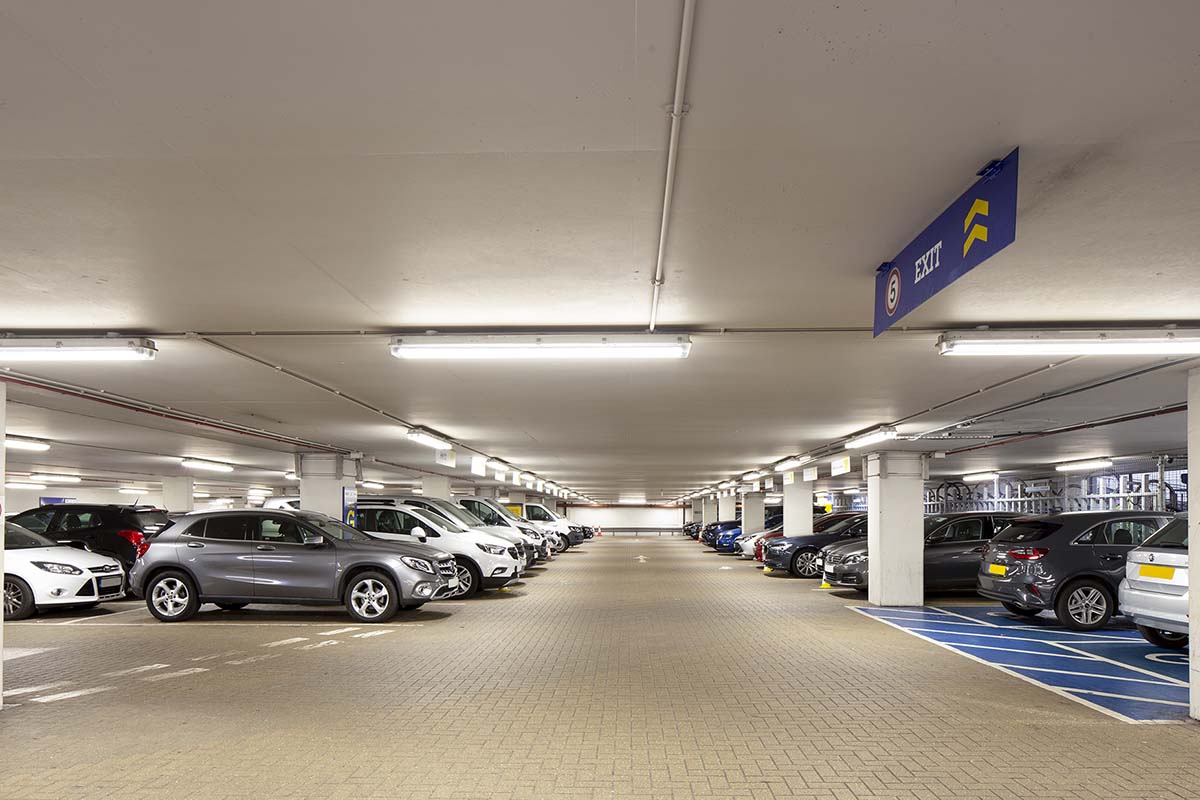How Landscape Architects Improve Outdoor Sustainability in Urban Homes

Sustainability isn’t just a buzzword, it’s an essential part of modern living, especially in urban environments where green space is limited. Outdoor areas in cities face challenges like poor air circulation, heat retention, and water runoff. That’s where a skilled residential landscape architect in Atlanta plays a crucial role. These professionals design landscapes that not only enhance the beauty of a property but also contribute meaningfully to environmental resilience.
By transforming even compact yards into sustainable ecosystems, landscape architects help homeowners reduce their ecological footprint while enjoying more functional and attractive outdoor spaces.
Designing with Environmental Efficiency in Mind
In an urban setting, every square foot of green space must work harder. Landscape architects use eco-conscious strategies like permeable paving, native plantings, and integrated irrigation systems to make the most of limited space. These elements help reduce runoff, lower water usage, and improve soil healthcare without compromising the look and feel of the design.
Additionally, they consider sun patterns, shade structures, and wind movement to naturally regulate temperature and light in the outdoor area. This minimizes reliance on energy-intensive cooling systems and helps the landscape thrive in all seasons.
Native Plants and Biodiversity
One of the key tools in sustainable design is the strategic use of native plants. These species require less water, fewer chemicals, and minimal maintenance because they are naturally suited to the local environment. A residential landscape architect selects native trees, shrubs, and perennials that support local pollinators and promote biodiversity within the ecosystem.
Instead of manicured lawns that demand constant care, these sustainable gardens mimic nature, offering year-round interest and supporting ecological balance. The result is an outdoor space that flourishes with minimal input while encouraging wildlife to return—even in the heart of the city.
Water Conservation and Rain Management
Urban areas are notorious for poor drainage and excess stormwater runoff, which can erode soil and damage nearby structures. Landscape architects solve this by incorporating rain gardens, bioswales, and permeable surfaces. These features allow rainwater to soak into the ground naturally, replenishing local aquifers and reducing the load on municipal stormwater systems.
Advanced irrigation solutions also play a role. Smart irrigation systems that adapt to soil moisture and weather forecasts conserve water without sacrificing plant health. These technologies are often integrated seamlessly into the overall design for both functionality and sustainability.
Multi-Functional Outdoor Spaces
Urban backyards are often compact, which is why landscape architects focus on making them multi-purpose. A well-designed outdoor space may feature edible gardens, shaded seating, vertical plant walls, and even solar-powered lighting. Every component serves more than one function—beautifying the space while also contributing to sustainability goals.
By blending aesthetics with practical environmental benefits, these professionals create landscapes that are both livable and responsible. This type of design thinking is what allows sustainability to become a natural extension of home life.
Staying Current with Sustainable Trends
As green practices continue to evolve, landscape professionals stay ahead of the curve by researching and applying the latest innovations. Regular exposure to ongoing insights, like those shared in landscape design, keeps their strategies fresh and effective. This constant learning ensures that homeowners benefit from up-to-date, eco-smart design methods that reflect best practices in the industry.
Conclusion
In urban environments where space is tight, and natural systems are under pressure, sustainable landscape design makes a meaningful impact. A residential landscape architect brings the vision and technical skill needed to create outdoor areas that support the environment while enhancing daily living. From smart water management to pollinator-friendly planting, every design choice adds value. If you’re looking to transform your outdoor space into a greener, more sustainable retreat, partnering with the right professional is the first step toward lasting impact.









